This Independent Primary Care Physician Shows What It Means To Be a True Family Physician
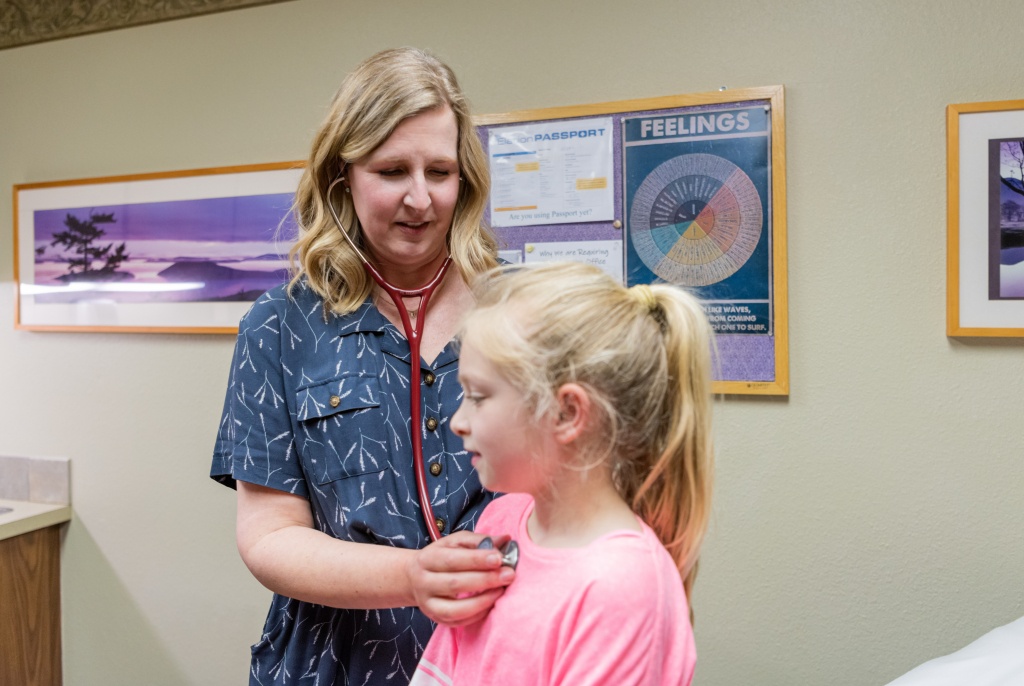
Just before the COVID-19 pandemic, one of Dr. Erin Kershisnik’s patients suffered a recurrence of breast cancer. This patient was frail, and she was trying to recover from her husband’s recent death. Her son, who had been her primary caregiver, got pummeled with work and could no longer bring her to the clinic.
In support, Dr. Kershisnik made several house calls for the patient. Her prognosis soon became clear.
“I met her son at her bedside and spoke with him and his wife, and we were all on the same page that we weren’t going to offer any more care. So we made a plan, and we had a group hug,” Dr. Kershisnik says.
The next day, the son told Dr. Kershisnik that his mother had passed. But the story didn’t end there. Dr. Kershisnik has been treating almost every member of this family for more than 20 years, keeping in regular communication with them, as if they were longtime friends.
“I’m able to continue following up with the son as he goes through bereavement and keeps up with his own health issues. And now I take care of his wife’s mother,” Dr. Kershisnik says. “When you get called at midnight, you don’t mind. ‘Intimacy’ is a good word for that. And it’s something that can’t happen in a chair in my office in 10- to 15-minute intervals.”
“It seems a little clichéd, but I feel really blessed to be able to be involved in people’s lives to that degree.”
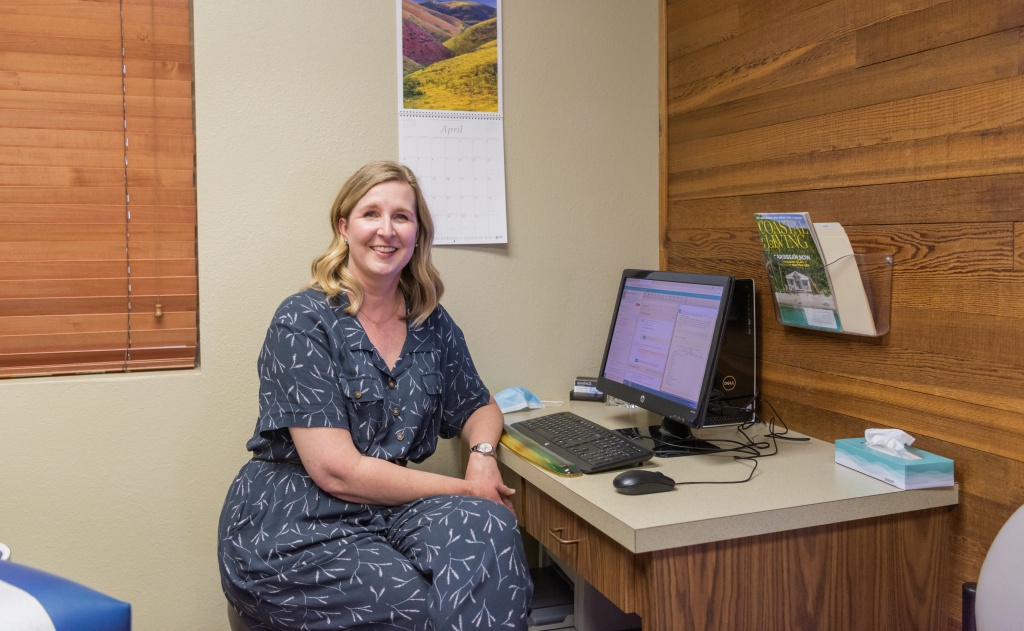
Dr. Kershisnik doesn’t think those kinds of long-term relationships would be possible if she didn’t run her own direct primary care (DPC) practice, Vantage Physicians, in Olympia, Washington. Freed from the bureaucratic fee-for-service model, Dr. Kershisnik and her colleagues say direct primary care enables them to provide care not just in short bursts, but also in a way that keeps generations of the family tree in good shape. When insurance companies don’t dictate care, vital communication routes like phone calls and emails become opportunities instead of non-reimbursable consultations.
Direct primary care, it turns out, empowered Dr. Kershisnik and her team to become the family doctors they always envisioned being.
“At Vantage, we’re going to talk about why you need this medicine, what this medicine is all about. And then if patients have questions, they can always email me, and I will respond within a day,” says Dr. Jennifer Vazquez-Bryan, who joined Vantage Physicians as a partner in 2019. “Our new patient appointments are an hour, and they get half an hour for follow-ups, so there’s usually enough time to be able to build that relationship. It makes a big difference for people.”
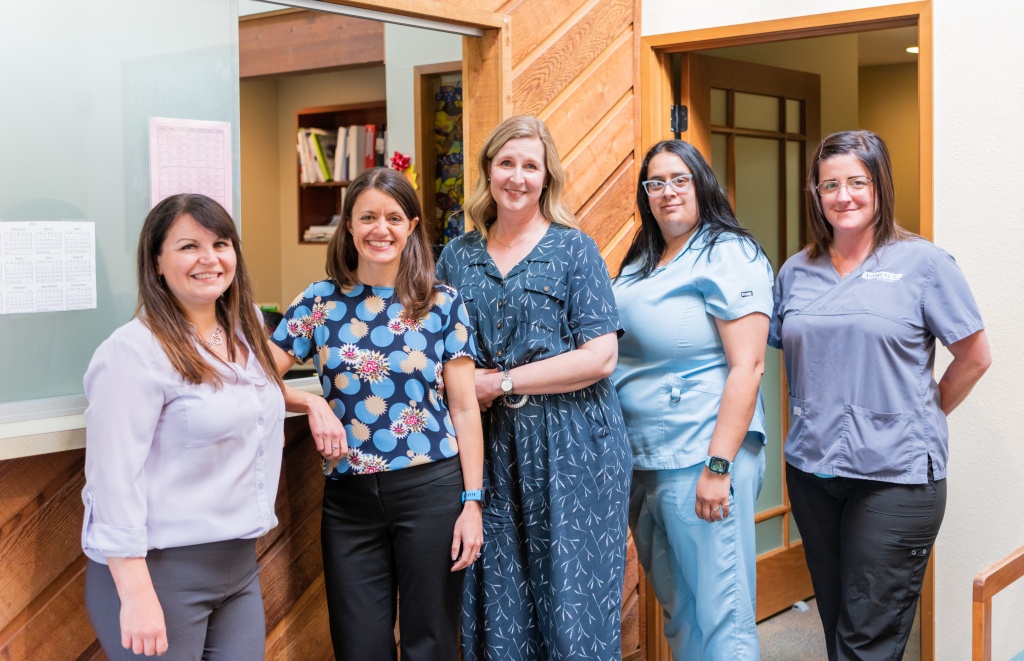
Escaping Traditional Healthcare
After Dr. Kershisnik earned her medical degree from the Medical College of Pennsylvania, she headed back home to complete her residency at a large hospital in Olympia. But in time, Dr. Kershisnik found that she wasn’t practicing medicine how she wanted.
The realization came when she was working in a “typical family practice,” which mandated that she see patients as quickly as possible, in a never-ending quest to bill insurers for reimbursements. Soon, Dr. Kershisnik saw what that future held: As insurance reimbursements remained stagnant, management would require clinicians to see more and more patients, to keep salaries in line with inflation and cost of living.
“The idea of limiting patients to one problem per visit, not giving them the time that we felt that they deserve, not enjoying the relationship with the patients — it took away what we liked about family medicine.”
–Dr. Kershisnik
In the early 2000s, Dr. Kershisnik and a physician colleague started looking for alternatives. They attended a conference hosted by Dr. Garrison Bliss, “the godfather” of direct primary care, and a light bulb flickered. Direct primary care (DPC) represented a cost-efficient way to practice medicine that would allow Dr. Kershisnik to engage with patients and their families in a genuinely caring and unrestrained way. She realized she could look after people without having to rush them through appointments — without the mistrust that dealing with insurance companies so often instilled in patients.
In 2006, she and her then-partner, Dr. Patrick Ogilvie, founded Vantage Physicians, a direct primary care practice offering full-service family care, primary care, and geriatric care.
At Vantage, she would provide care in the way she believed a family physician should.
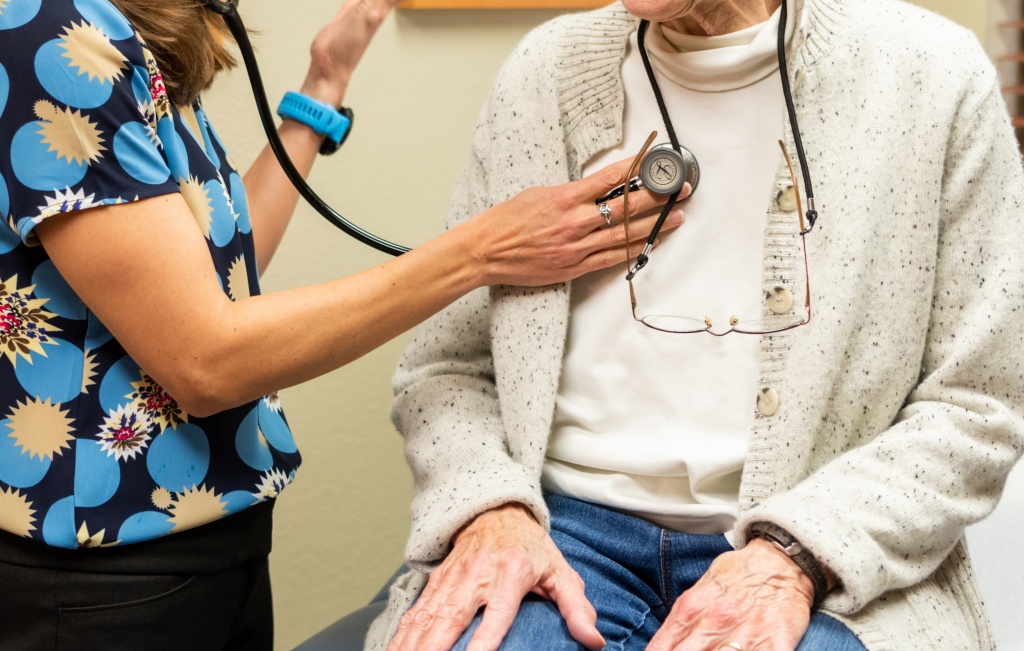
Direct Primary Care: A Growing Movement to Reshape Healthcare
Because the model involves a monthly fee paid by the patient to the physician instead of insurance company reimbursements, DPC practices deal with less wasted paperwork, time, and labor, saving as much as 40 cents per every dollar spent, according to Dr. Kershisnik.
In practices across the country, the direct primary care model reduces the need for administrative resources, reducing from an average of 4.5 to 1.5 administrators per physician, compared to fee-for-service models. And because they’re not under pressure to squeeze more patients into each day, DPC practices tend to have a smaller panel of 800 to 1,000 patients, as opposed to the traditional practice’s average of 2,500 patients.
What does this mean for Vantage’s doctors? They spend more time with their patients.
The average appointment runs 30 minutes, but some reach 90 minutes if the patient requires it. Physicians are also free to provide care over the phone or through a house call. Prior to the coronavirus pandemic, this level of service was all but impossible for traditional clinics, but virtual care has been a major part of Vantage Physicians’ operations from the start.
The benefits of direct primary care have also cemented another advantage: attracting top talent. Consider Dr. Vazquez-Bryan, a family doctor who studied at Robert Wood Johnson Medical School and trained in a family medicine clinic. Born in Mexico and raised in New York, she knew she wanted to be a doctor at age four, when throat infections regularly sent her to the family physician.
“I loved my doctor. I thought he was amazing,” Dr. Vazquez-Bryan recalls. “It was his bedside manner. I would go there and feel horrible, and he would be kind and take care of me and give me medicine, and I’d feel better.”
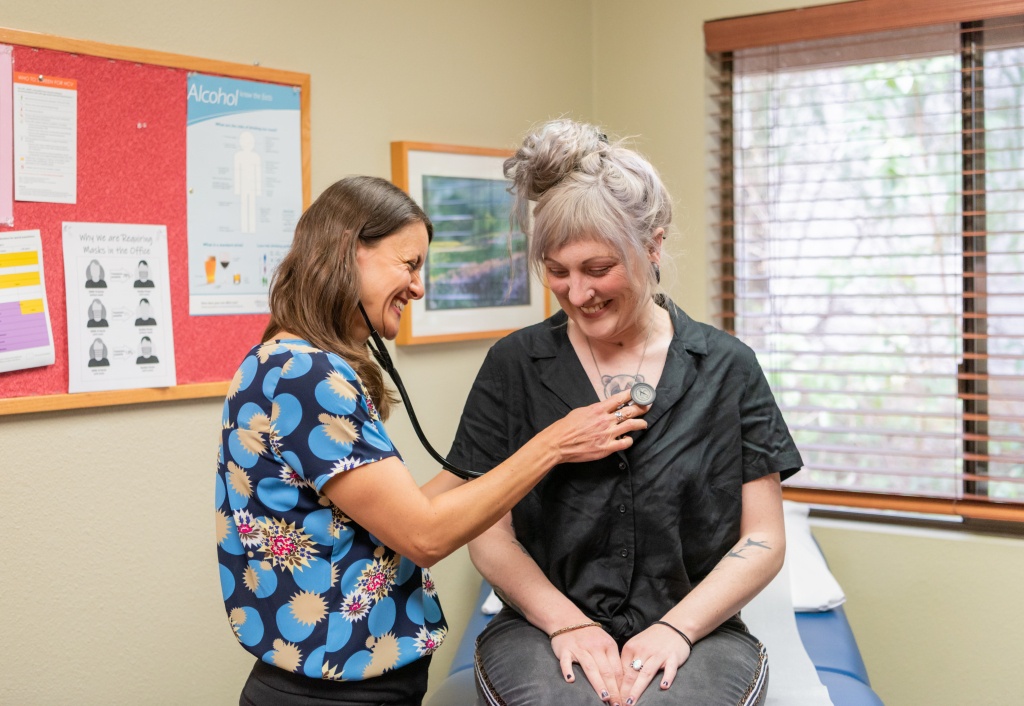
That’s how Dr. Vazquez-Bryan wanted to practice medicine, too. But after her residency, she began to believe that vision might be unattainable. She was working at a community health center with an underserved and mostly Spanish-speaking patient population. While she loved her patients, she never had enough time to provide the kind of attention that would comfort and reassure them.
“It wasn’t fair for them,” she says. “And it wasn’t fair for me.”
After having three kids, she began practicing under a direct primary care model in New York. And in 2019, when it came time to relocate to Washington, she found a partnership opportunity with Vantage Physicians.
Now, Dr. Vazquez-Bryan can help patients on their terms. Take the patient who called her on a recent Friday night, in an attempt to source vital medication without the necessary prior authorization.
“I’m trying to scramble, and it’s a medication that is super-duper important,” Dr. Vazquez-Bryan says. “The pharmacy was going to charge her $500 for this one prescription, out of pocket. And I was able to find the prescription for $30 somewhere else.”
Working for Patients, Not Insurers
DPC allows Dr. Kershisnik and Dr. Vazquez-Bryan to work for their patients. Insurers hardly enter the equation. As a consequence, the duo says, Vantage Physicians rarely loses a patient. So how can other physicians replicate this success?
- Put your patients first. The DPC model gives Vantage the flexibility to work within their patients’ schedules. Dr. Kershisnik never bats an eye at answering a call from a patient after hours.The clinic saves blocks of time for same-day and next-day appointments for sudden, urgent patient needs.
- Advocate for your patients. Physicians who work within the traditional fee-for-service model often only have limited time for each patient. Vantage Physicians offers longer appointment periods and extensive follow-ups. They’re available for each patient every step of the way.
- Use a solid electronic health record system. Both Dr. Kershisnik and Dr. Vazquez-Bryan say Elation Health delivers the freedom to practice their way.
“I’ve used electronic health records for 25 years, and I’ve had some real clunkers,” Dr. Kershisnik adds. “Elation is pretty seamless.”
DPC physicians who succeed will build something that benefits both doctor and patient: a genuinely trusting relationship.
“The feeling is different,” Dr. Kershisnik says. “It’s like I’m fighting for my patient, like I’m the advocate here”






